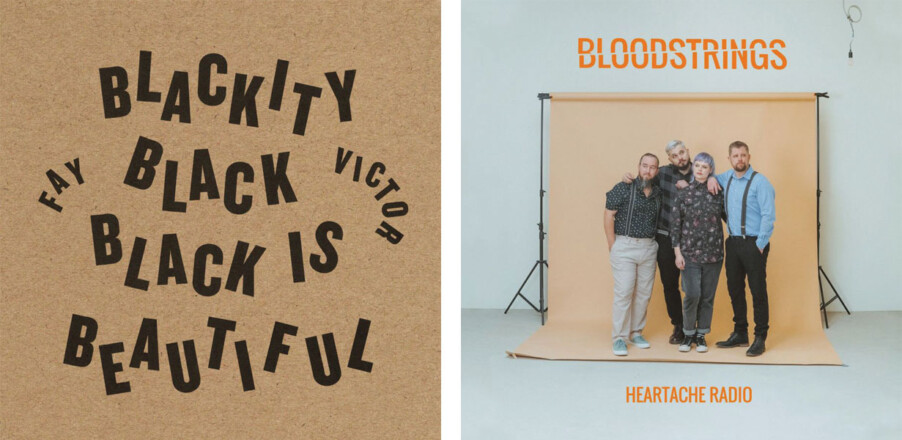Young Dubliners perform in Concord
It’s been 35 years since the Young Dubliners debuted. With rocked-up songs that owed as much to Thin Lizzy as any trad band with a fiddle and bodhran, they were the West Coast counterparts to New York City’s Black 47.
“At the time, the term ‘Celtic rock’ didn’t exist,” band founder Keith Roberts said in a recent phone interview. “It was just … blending Irish music with other forms of music.”
Roberts, the last original member, seems bemused by his band’s longevity.
“The name tells you right away I didn’t plan it,” he said. “There’s no way when I was 22 that I thought, ‘Oh, yeah, Young Dubliners. That’s really gonna work when I’m 58.’ But it is what it is; I’m stuck with it. So, I have to pretend to be the Peter Pan of Celtic rock.”
The singer, songwriter and guitarist originally moved from Ireland to L.A. to chase a career in journalism. He buttressed an interesting but low-paying job doing research for NPR with odd jobs like driving an airport shuttle, which led to sound work on movie sets. One day, he bought an Irish bar in Santa Monica, mainly so the band he’d started could escape the pay-to-play gigs then dominating SoCal.
“I’d never intended on going on the road, I just wanted to own the pub and be the band on Saturday night,” he said. Weekend shows consisted of a headliner, the Young Dubliners and a band that later became Flogging Molly. “We got signed first and a year later they got signed, then Gaelic Storm…. It’s an interesting, fluky chain of events.”
They’ve solidified into a standard-bearer for the genre, playing all over the world, topping the bill on cruises, and every 18 months or so heading back to Ireland with over 100 Americans in tow. When Roberts was first approached with the idea of touring with a group of fans, “I couldn’t think of anything worse,” he recalled. “I eventually said, ‘Look, if I do this, I want it to be a normal tour.’”
So a plan was hatched that offers a balance of sightseeing and shows like an unplugged hotel lobby gig and a concert in a castle, with a sleepover.
“The Americans will have two days to just enjoy it like they are in Downton Abbey or something,” Roberts said, laughing. “Nobody wants to go to Ireland and see us play every single night…. This isn’t the Bruce Springsteen farewell tour. They’ve already seen us in America; they want to come and see Ireland with us.”
The Young Dubliners have made nine records and are close to finishing their 10th. The new album doesn’t have a title, but it’s shaping into an introspective effort. “Drive” was inspired by Roberts’ worry that he might not perform again, a thought shared by many musicians as the pandemic stretched on.
“My lyrics are all over the place and they definitely represent a lot of what happened,” he said. “We all sort of reinvented ourselves with skills we never knew we had during Covid, building furniture, making bread; I turned an old band trailer into a camper. The song is sort of uplifting about what would happen [and it] resonates now playing it to an audience.”
Another new song, “Look to the Stars,” pays homage to one of Roberts’ primary influences. “It’s absolutely got the Big Country riffs at the beginning, and I love them. They were probably the biggest — them and the Waterboys’ Fisherman’s Blues were probably what really pushed me out of just being a straight rock band and embracing the Irish stuff.”
Their current concert is a mix of old and new that begins with “a historical musical journey of the Young Dubs and how we wrote all our own stuff along the way,” Roberts said, followed by a portion “dedicated to the Irish Sessions album, where we did all the covers.” That trad-rich album included the bracing “Rocky Road to Dublin” and a lilting take of the Pogues’ “Pair of Brown Eyes.”
From there the music moves emphatically forward, Roberts continued. “If you only stay for the first half of the show, you’re going to miss out on a whole other part of our life,” he said. “I was joking about it the other day, saying if I was doing a farewell tour, this would probably be a pretty close set to what we would do.”
Young Dubliners w/ Rebel Collective
When: Sunday, July 23, 8 p.m.
Where: Bank of NH Stage, 44 S. Main St., Concord
Tickets: $35.75 at ccanh.com
Featured photo: Young Dubliners. Courtesy photo.






